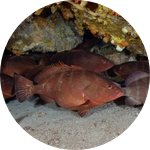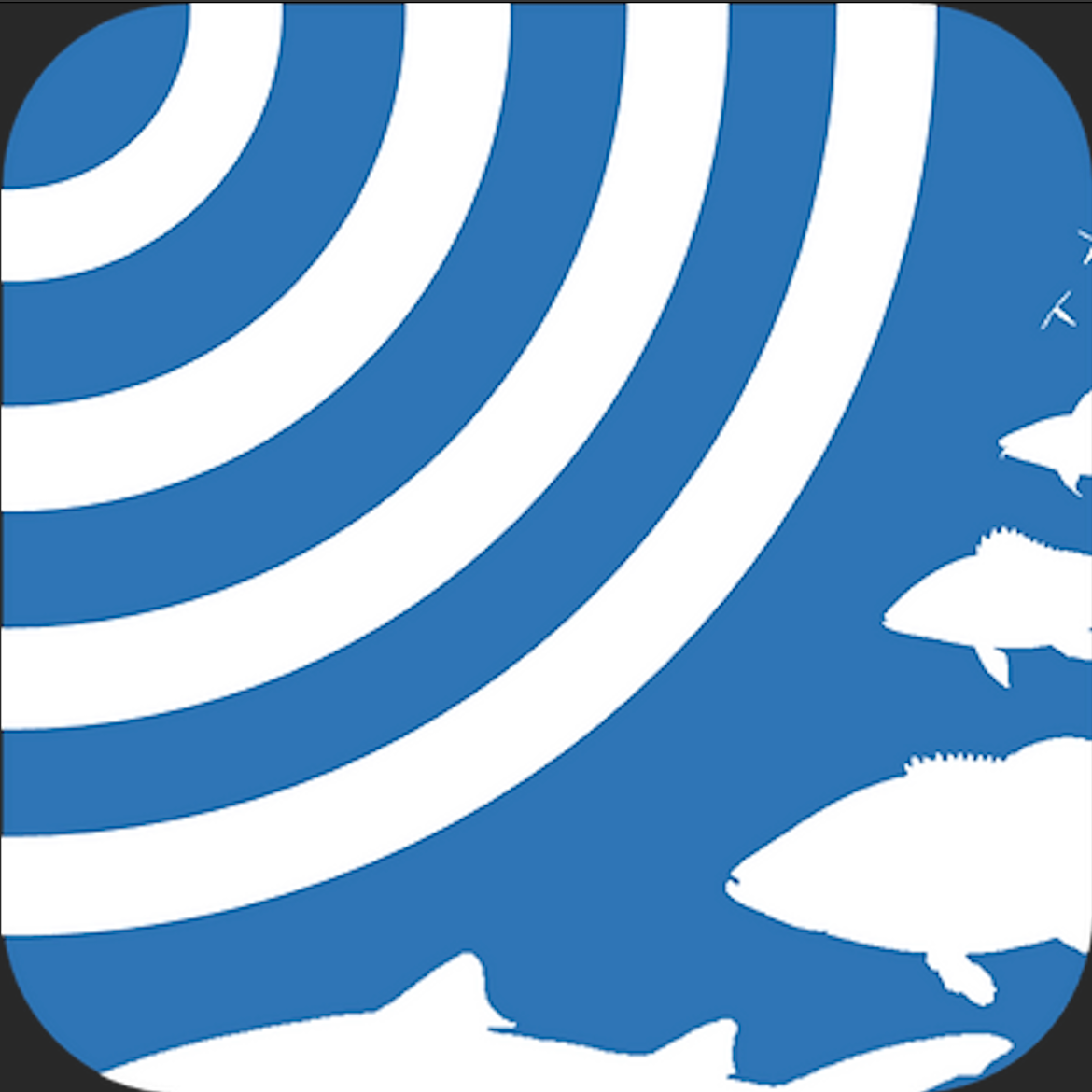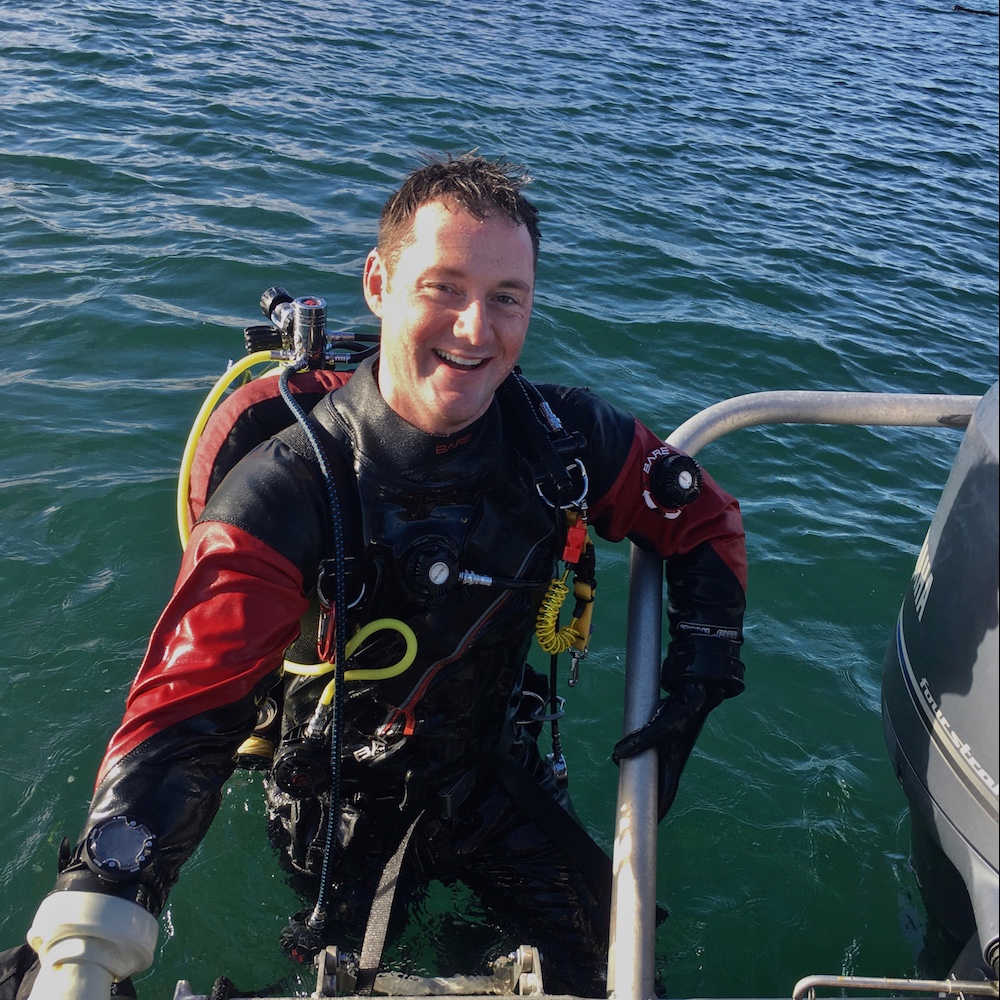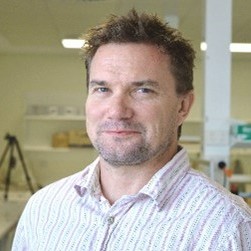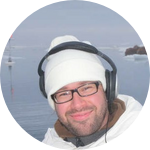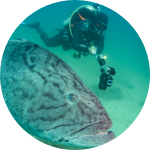About This Project
Many fish produce sounds that could be used to monitor them non-intrusively over long periods of time. However, most fish sounds have not yet been associated to specific species. We propose to develop an affordable 4-channel acoustic recorder, paired with a video camera to identify fish sounds in the wild. This project will help make passive acoustics a more viable tool for fisheries management, marine conservation, and underwater cinematography.
Ask the Scientists
Join The DiscussionWhat is the context of this research?
Many fish species produce sounds to communicate that can be used to non-intrusively monitor the presence, behaviors, and potentially number of fish in an environment over long periods of time. However, many sounds have not yet been associated to specific species and behaviors, which limits the usefulness of this approach. While recording fish species individually in tanks can be conducted, many fish do not produce sounds in captivity, and if they do, the recorded sounds are often distorted by complex acoustic propagation in tanks. Fish sounds can be identified in their natural habitat using a combination of compact hydrophone arrays and cameras. Yet, this instrumentation is not widely used as it is typically expensive and requires specialized expertise.
What is the significance of this project?
To make passive acoustics a viable way to monitor fish populations, we need to substantially increase our efforts in identifying and characterizing species-specific fish sounds. To scale up this effort worldwide, it is imperative to have instrumentation that can be accessible to scientists, but also to divers, hobbyist, and even schools.
The objective of our project is to build a open source self-contained audio-video array to catalog fish that is affordable, easy to build and use, and can be deployed on the seafloor, on top of an underwater drone, or even handheld by divers. This will make this methodology largely accessible to the masses which will help build up the worldwide catalog of fish sounds and consequently make passive acoustics a powerful tool to help marine conservation.
What are the goals of the project?
Our goal is to build 2 prototypes of audio-video array and test them in various habitats and against proven higher-cost systems.
We will use our FishCam underwater video camera and incorporate an acoustic recorder with 4 HTI-96-Min hydrophones. We will test the tlv320adc6140 Quad-Channel Audio ADC board and integrate it to the Raspberry Pi Zero computer from the FishCam. We will measure time-difference of arrival and localize fish sounds in 3D. Sounds localized with the array will be matched with the video recordings to identify the species and behavior of the fish.
We will share progress, schematics, data, and successes (e.g., new fish sounds) with backers. We will also publish a paper with detailed building and analytical instructions to facilitate reproducibility and scalability.
Budget
Most of the budget items provide electronic components, hydrophones, ADC, computers, pressure housings and sea connectors to build out two prototypes of audio-video arrays.
While this project is carried out independently, we will collaborate with other researchers who seek to develop passive acoustic methods to help monitor marina fauna. The development of the electronic boards, hardware and scripts will be done on our own time and does not require funding.
Endorsed by
 Project Timeline
Project Timeline
The project will be conducted in three stages. (1) Necessary supplies will be purchased and integrated to build the audio-video array within an electronics lab and tested. (2) The audio-video array will be tested in variable marine environments and generated data will be analyzed. (3) Findings, instructions, and example datasets will be be published to permit the replication of results and transfer of knowledge and technology to interested parties and researchers.
Feb 08, 2023
Project Launched
Feb 23, 2023
Project Launched
Mar 01, 2023
Project Launch
May 01, 2023
Integration of the 4-channel acoustic recorder to the raspberry pi and tests in the lab.
Jun 01, 2023
Design and test of the hardware components (pressure housings, sea connectors, frame).
Meet the Team
Xavier Mouy
Xavier Mouy is a research acoustician. He holds a BSc in Acoustics and Signal Processing from Le Mans University (Le Mans, France), a MSc in Oceanography from the University of Quebec in Rimouski (Rimouski, Canada), and a PhD in Earth and Ocean Sciences from the University of Victoria (Victoria, Canada). For his PhD, Xavier worked on developing methodology to identify fish sounds in the wild. He has 14 years of experience as an acoustician in the private sector and has published 22 peer-reviewed scientific publications. His research interests include the development of hardware and software tools for the automatic detection, classification and localization of marine fauna using passive acoustics, and the analysis of marine soundscapes. Check out his website for more information: https://xaviermouy.weebly.com/
Timothy Rowell
Timothy Rowell is an acoustician and focuses his research on marine soundscapes, with particular interests in fish sound production during reproductive periods. He received a M.S. from the University of Puerto Rico Mayaguez, and a PhD from Scripps Institution of Oceanography, University of California San Diego. His graduate work focused on the identification of new fish sounds and their utility for monitoring spawning activity and fish abundance. He has 13 years of experience in using passive acoustics to study fish and soundscape ecology and 28 scientific publications. His research interests align with the expansion of passive acoustic methods and technologies to more efficiently monitor and assess fish populations and behaviors. His research has documented the importance and immensity of fish sound production in marine environments, while noting that many recorded sounds have yet to be attributed to a species. Therefore, the matching of sounds with specific species remains a hot topic of his research.
Marinna Martini
Marinna Martini is an electronics engineer who seeks to advance technology applications and loves the variety of technical challenges ocean science brings. Since 1986, Marinna has worked at ocean sites from 3 meters to 3 kilometers, managing innovative projects that include underwater robotics, designing moorings, and deploying bottom landers. She is experienced with a variety of sensors which measure ocean currents, temperature, salinity, turbidity, oxygen and more; works with data logger design, programming, construction, testing, packaging and cabling for underwater deployment; processing and analyzing data in python and MATLAB; and has managed shipboard deployment operations and field logistics. She earned a Professional Engineering license, a BS in marine engineering from the U.S. Merchant Marine Academy and an MS in ocean engineering from the University of New Hampshire.
Additional Information
More background information about previous work on the identification of fish sounds in the wild that required more expensive instrumentation. Our goal is to develop similar systems but at a much lower cost and more accessible to non-experts.
Project Backers
- 5Backers
- 104%Funded
- $8,905Total Donations
- $1,781.00Average Donation
